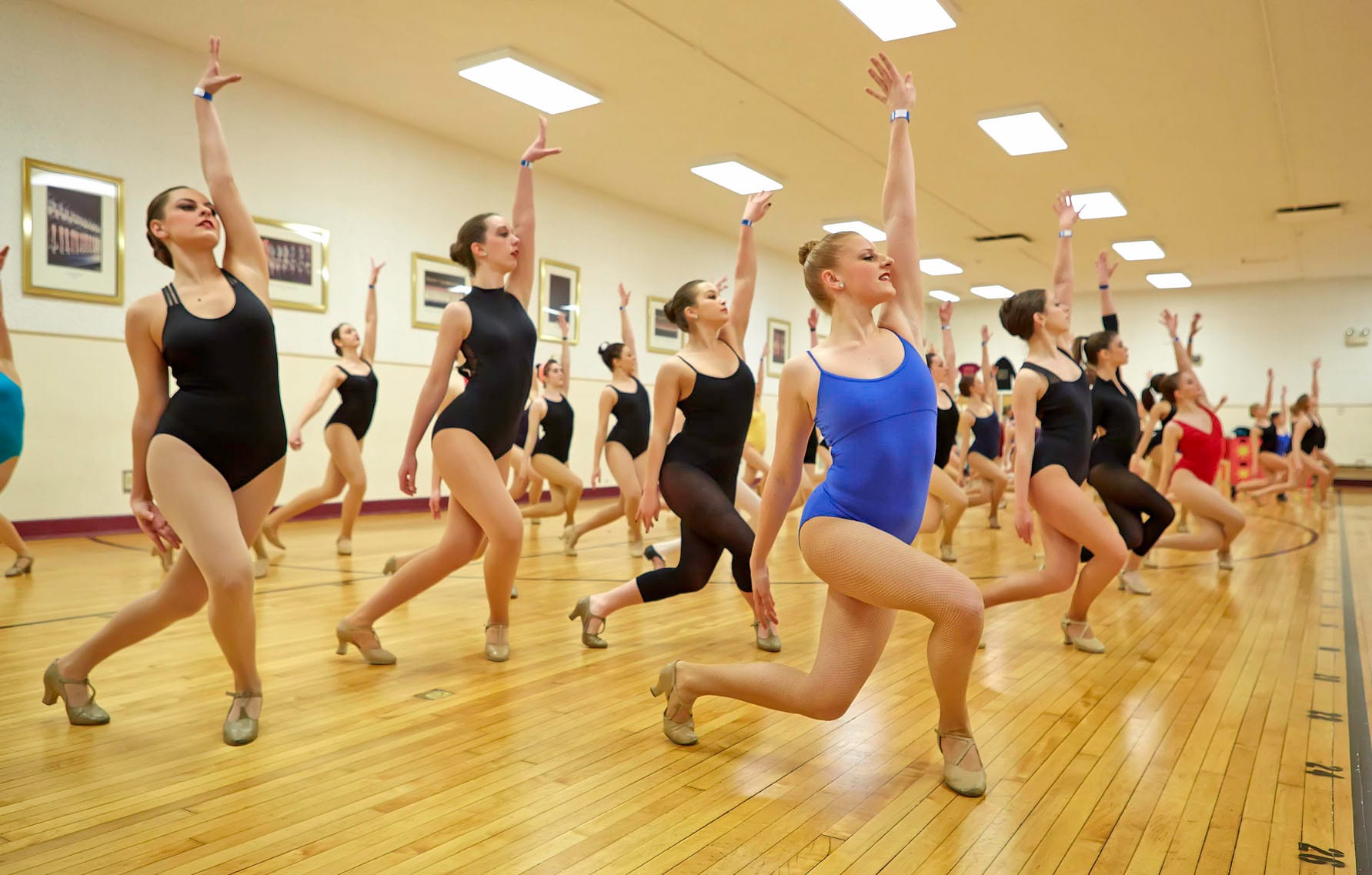

You may even be afraid that this sort of virtual instruction could become the new normal, but at least you know this professor won't take that sort of change sitting down! You definitely would prefer to be taking classes in person, too, and working online can be genuinely frustrating.

This can definitely be uncomfortable for you as a student - especially if they go so far as to imply that such measures to prevent the spread of COVID-19 have been gross overreactions - but you can at least appreciate where they're coming from. Some of them may make this very clear during your virtual class sessions others may just quietly simmer or direct their misgivings towards their higher-ups. They weren't prepared to make the virtual transition and are furious that they're being forced to convert to an entirely new platform for learning on such short notice. This is the professor equivalent of the student who goes on Reddit and rages over the fact that their instructors wouldn't just give them an "A" for the rest of the semester. The professor who is just as angry as you are Here are seven (not mutually exclusive) types of professors we've all had to deal with in an age of impromptu online instruction. while recognizing that others didn't take to the transition as well. As I reflect on my courses from this semester, I'm coming to realize just how generous and adaptable some of my professors have proved themselves to be in the wake of this global crisis. Obviously, that vision is a far cry from finishing virtual classes at my parents' house during a global pandemic, but, nevertheless, I still have those Student Instructional Rating Surveys to complete. I'd take a moment to fill out Student Instructional Rating Surveys for my professors and declare a (hopefully) successful end to my first year at university. I would be savoring the spring weather in New Brunswick while eagerly looking forward to visiting home in the weeks before my summer internship, debating whether I should study for my exams or prematurely enjoy my newfound freedom from coursework. With finals week looming over the horizon, I find myself imagining what the end of the spring semester might have been like if we were still at school. By becoming more comfortable with thinking differently, choreography will become easier and flow better because as a dancer becomes more confident with their abstract ideas, their choreographed dance will become more true to themselves and the dance will be more creative.

She says, “It opens up avenues that allow you to expand your ideas of what you thought your body could do,” She means that improvisation can lead a dancer to learn new things about their body’s range of movement which can open many different doors for choreography.

Helen Pickett took one of Forsythe’s improvisation classes. He uses these movements as a way to get creative ideas flowing and as a start to new choreography. He picks certain types of movements that he uses when he improvises, for ideas for newly choreographed pieces. These smaller movements, like collapsing and folding, then served as building blocks to create new dances. Forsythe would break improvisation into around 30 smaller, individual movements, which he called “modalities,” the site explained. Choreographer William Forsythe practices improvisation for choreography and teaches classes based off of that idea.


 0 kommentar(er)
0 kommentar(er)
